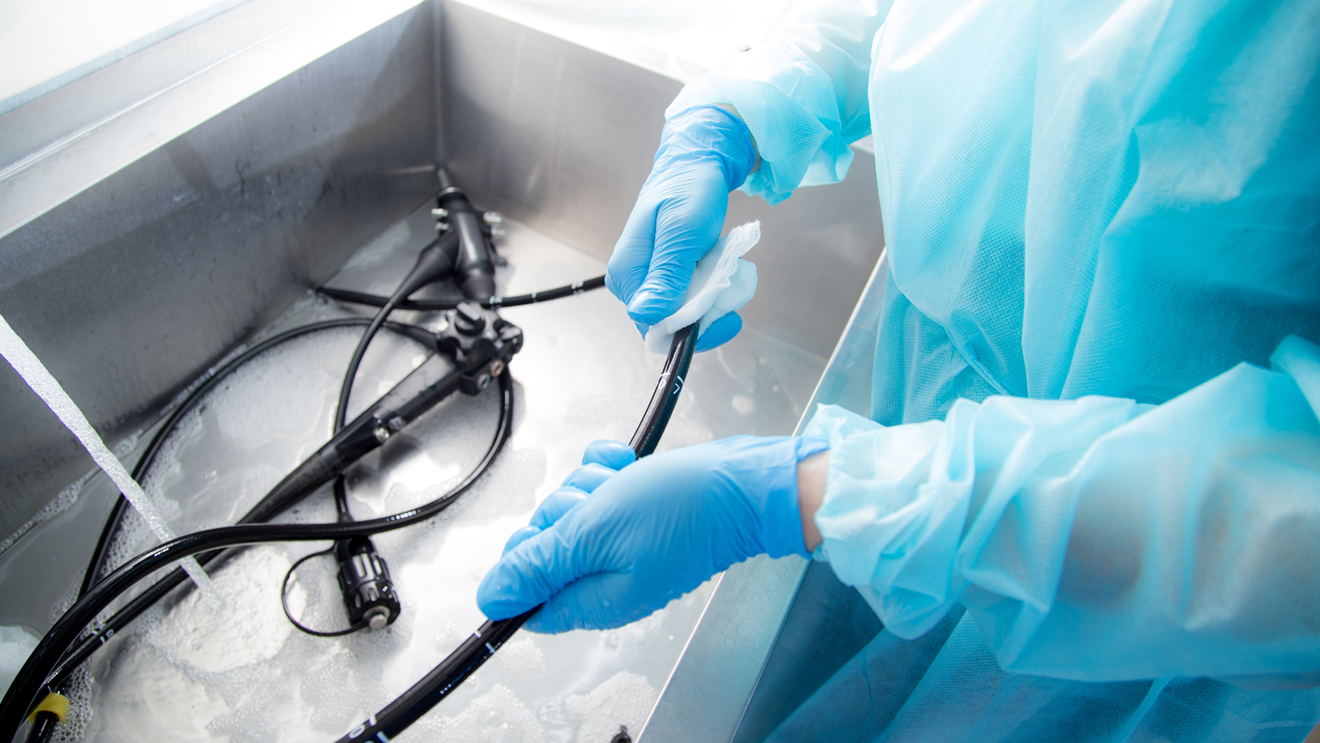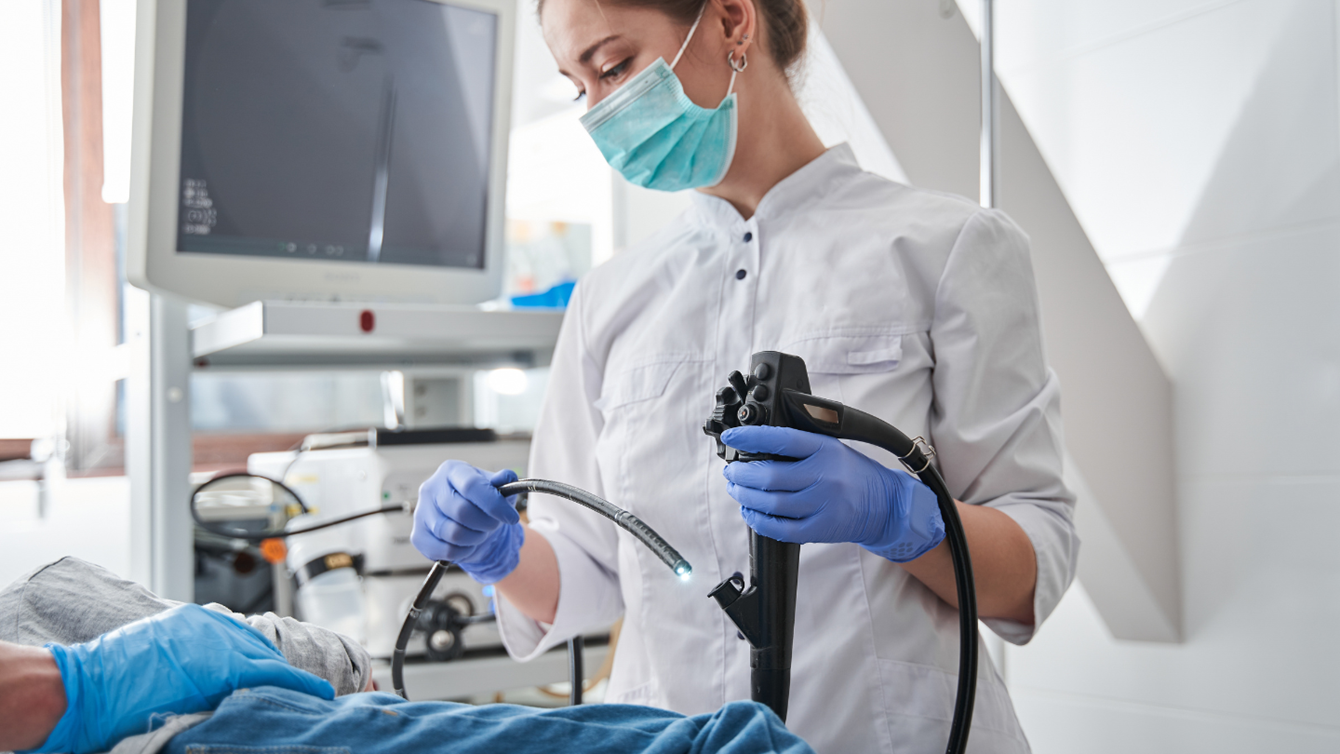An automated cleaning solution
To improve on manual cleaning, the next gold standard for endoscope cleaning would need to simplify and automate processes to limit human error and enhance reproducibility.
Reprocessing guidelines highlight the benefits of automated technologies on productivity, safety and efficacy.1

More effective than current methods
While manual cleaning is the current gold standard, it is not always effective and has been associated with reprocessing failure.2
For any new cleaning approaches, it is essential that well-designed studies are undertaken including head-to-head comparisons with current practice. A new solution must have better efficacy than manual cleaning, and be able to remove tough biofilm from all channels.

Safer for staff as well as patients
Current cleaning methods are physically demanding and can cause discomfort and pain for reprocessing staff.3 New solutions should offer improved workflow and ergonomics, without exposing staff to harmful chemicals or aerosols.
- Gastroenterological Nurses College of Australia. (2021). Infection Prevention and Control in Endoscopy 2021. https://www.genca.org/public/5/files/Nurses%20info/IPCE%202021_Feb2022update.pdf
- Ofstead CL et al. Challenges in achieving effective high-level disinfection in endoscope reprocessing. Am J Infect Control 2020; 48:309–315.
- Sivek AD et al. Healthcare worker feedback on duodenoscope reprocessing workflow and ergonomics. Am J Infect Control 2022; 50:1038–1048.

